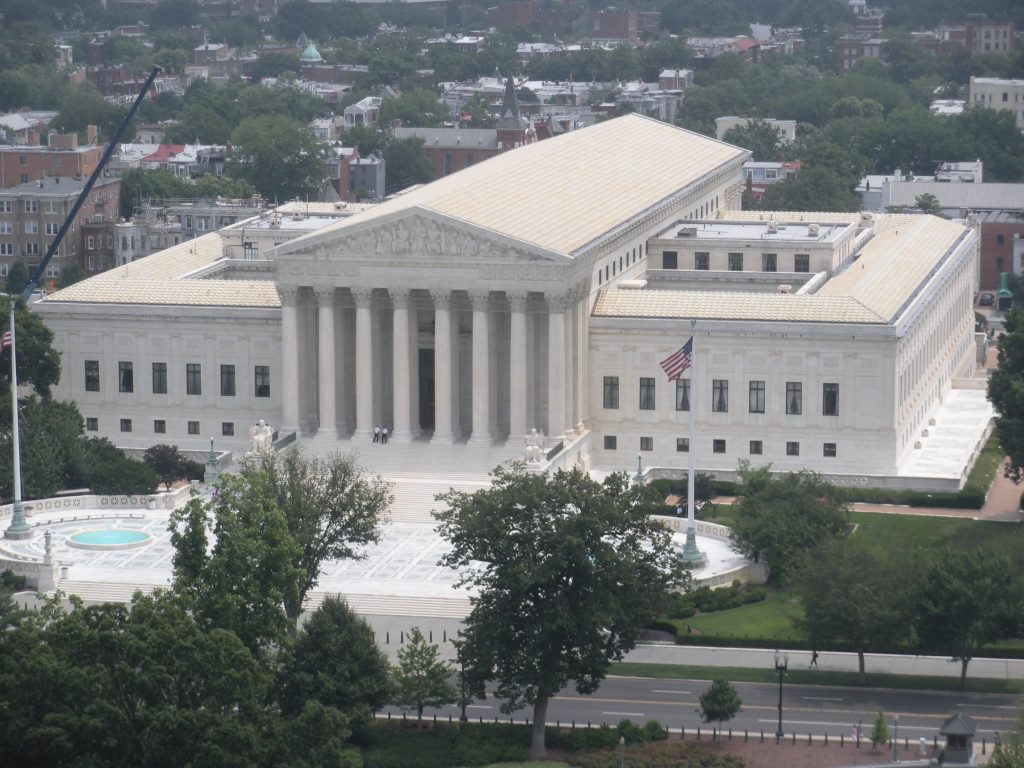
21 Apr A Plain Language Summary for Pro Se Litigants (and Everyone)
Over the past decade or two, there’s been a push in the legal community for “plain language” or, put a little differently, “plain English.” As Bryan Garner, arguably the leading voice in this push, writes in one of his well-known books on the topic, Legal Writing in Plain English, using “plain English” means “us[ing] the simplest, most straightforward way of expressing an idea.”
Frankly, the push for plain language in the legal community is a much-needed one. For longer than I’ve been alive, legalese has dominated in courtrooms and law offices across the country. Whether it’s a 1L law student using “said” as an adjective as he stumbles through Socratic method-style questioning on his first day of law school to overcompensate for his unpreparedness or a lawyer with decades of experience using “heretofore” as though anyone knows or even wants to know what that means, those of us in the legal world have drowned ourselves in, as Garner says it, “fancy” words “that have everyday replacements meaning precisely the same thing.”
It’s likely this push for plain language that led a handful of federal judges to start including “Plain Language Summary for a Pro Se Litigant” sections at the end of their opinions in court cases involving people who are not represented by a lawyer. These “Plain Language Summary for a Pro Se Litigant” sections have now made their way into First Step Act jurisprudence. The most recent example from U.S. Magistrate Judge Allison Claire, a federal judge based in Sacramento, California, in a case called Muniz v. Thompson illustrates just how helpful they can be.

When it comes to substance, Judge Claire’s decision to dismiss a habeas petition in Muniz v. Thompson is unremarkable.
Muniz v. Thompson arises out of an unremarkable dispute between a federal prisoner and the BOP over First Step Act time credits. In Nov. 2018, a federal judge sentenced Jose Luis Muniz to 135 months in prison after he pleaded guilty to several drug-related offenses. Assuming Mr. Muniz earned all of his good time credits, Mr. Muniz was entitled to be released by Feb. 9, 2029, at the latest.
But when you factor in FSA time credits, Mr. Muniz’s release date could end up coming several months sooner. When Mr. Muniz filed his habeas petition in Sept. 2021, however, the BOP hadn’t applied any of the FSA time credits he had earned. Instead, as it did with thousands of others, the BOP apparently waited until Jan. 2022 to apply Mr. Muniz’s time credits. (According to the BOP’s Inmate Locator Tool, Mr. Muniz’s current projected release date is Feb. 10, 2028, so it appears that the BOP has since applied a year’s worth of time credits.)
Substantively, Judge Claire’s decision in Muniz v. Thompson is ordinary. She dismissed Mr. Muniz’s habeas petition as premature because Mr. Muniz wouldn’t be injured by the BOP’s wrongful withholding of FSA time credits until much closer to his projected release date (regardless of whether it was in 2028 or 2029).
“[W]hen the petition was filed, there was no ‘certainly impending’ injury that rose to the level of injury-in-fact,” Judge Claire wrote. “Without any injury, there can be no standing under Article III and neither the causal connection nor the favorable redress prongs must be addressed.”
Alternatively, Judge Claire added, Mr. Muniz’s petition was subject to dismissal because he failed to exhaust his administrative remedies.
But when it comes to her “Plain Language Summary for a Pro Se Litigant,” Judge Claire’s decision is a model for everyone.
Judge Claire reached the legally correct outcome. But dozens and dozes and dozens of judges have reached that legally correct outcome too. What makes Judge Claire’s decision remarkable is how wonderfully straightforward her “Plain Language Summary for a Pro Se Litigant” section is.
At the end of her decision, Judge Claire included a three-paragraph “Plain Language Summary for a Pro Se Litigant” section. The entire three paragraphs are copied and pasted below:
When you filed your petition in September 2021, the BOP still had time to implement the FSA. You had not yet experienced specific, particularized harm by the BOP’s application of the FSA. That means you had no standing to file your federal petition when you did. As a result, the law prevents this court from considering your petition.
Even if you had filed your petition after the BOP had run out of time to implement the FSA, and you had been able to show that you had been directly harmed, the fact that you did not first complete the BOP’s administrative grievance process would have also prevented this court from considering your petition. The law requires that the BOP be given the first opportunity to consider any issues you have with how it is carrying out your sentence. This court cannot interfere with that process, nor can it be used to sidestep it.
For these reasons, the magistrate judge is recommending that your petition be dismissed without prejudice.
If you print it on Westlaw, Judge Claire’s entire decision is seven pages long. Yet a pro se litigant like Mr. Muniz can understand the entire thing by reading only these three paragraphs. And, perhaps more importantly in a way, so can you.

Judge Claire is one of just a handful of judges to use “Plain Language Summary for a Pro Se Litigant” sections. There should be more.
As Michael Karlik wrote last month in this piece for Colorado Politics, Judge Claire is leading the way on making her decisions easier to understand with “Plain Language Summary for a Pro Se Litigant” sections. But she isn’t alone. At least two other federal judges, U.S. District Court Judge Charlotte N. Sweeney and U.S. Magistrate Judge Maritza Dominguez Braswell, have started using these sections too.
But why hasn’t everyone else? Frankly, there’s no reason that every judge in the U.S. can’t do what these three judges do in cases involving pro se litigants or, frankly, every case.
Now more than ever before, Americans want to know what’s happening in their country’s courtrooms. Thanks to folks like Fiona Apple and organizations like Court Watch, people are now paying attention to what’s happening in their country’s courtrooms. And, perhaps more importantly, they’re speaking up when they don’t like what they see.
I try to do something similar by reading court decisions everyday, especially ones involving disputes over FSA time credits. For months, I’ve written about federal courts’ lackadaisical (or rubber-stamp or activist) approach to holding the BOP accountable for its botched implementation of FSA time credits. In doing so, I’ve simply tried to explain what happens in these cases in a way that’s easier to read and easier to understand.
In other words, I provide a plain language summary. Why am I doing something federal judges can and should be doing themselves?

